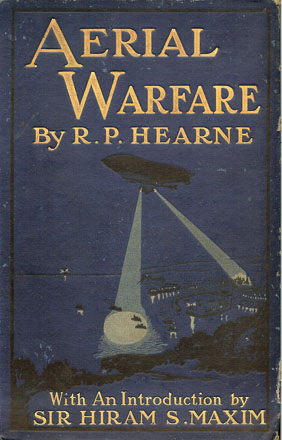Mowing devils, old hags, and phantom airships
[Cross-posted at Revise and Dissent.] Nick at Mercurius Politicus has an excellent post up on the The Mowing-devil, an English pamphlet from 1678 which is famous among forteans because it contains an illustration of something that looks a lot like a crop circle, three centuries before the term was coined. If it is an account […]


